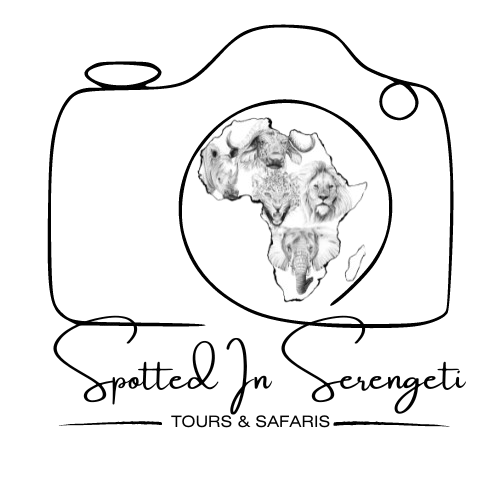Climbing Mount Kilimanjaro 7 Days Lemosho Route
From $. 2,074 USD* / 24/7 service / 9 days
*Price p.p. incl. transfers, accommodation, food, drinks, guides, tents and park fees. Excl. International flight (based on six persons)
Mount Kilimanjaro, located in Tanzania, stands as one of the world’s most iconic peaks. With its towering presence and diverse ecosystems, it draws adventurers from all over the globe. Scaling the summit of Kilimanjaro is a dream for many mountaineers, trekkers, and nature enthusiasts. Among the several routes available to ascend the mountain, the Lemosho Route is widely considered one of the most scenic and effective for those aiming for a summit at Uhuru Peak, the highest point on Kilimanjaro.
The Lemosho Route is renowned for its scenic beauty, which includes lush rainforests, alpine meadows, and the iconic Shira Plateau. It is often considered one of the least crowded routes on Kilimanjaro, especially when compared to the more popular Marangu or Machame routes. It begins on the western side of the mountain and approaches Kilimanjaro from the remote Lemosho Glades. From there, the route traverses various ecosystems as it ascends toward the summit.
The 8-day Lemosho Route strikes a perfect balance between being long enough to offer sufficient time for proper acclimatization and short enough to avoid excessive fatigue. This length of time maximizes the likelihood of success at the summit while ensuring that the trek remains enjoyable. The trek includes key landmarks such as the Shira Plateau, Lava Tower, Barranco Wall, and the famous Crater Camp, providing a comprehensive Kilimanjaro experience.
Why Choose the Lemosho Route?
There are many reasons why the Lemosho Route is preferred by many trekkers. Some of the key benefits include:
Scenic Beauty: The Lemosho Route offers an incredibly diverse and stunning landscape, from the dense rainforests at lower elevations to the stark, lunar-like landscapes at higher altitudes. The views of the summit, glaciers, and surrounding valleys are breathtaking.
Lower Crowds: Because it is less crowded than the Machame or Marangu routes, Lemosho offers a more peaceful and intimate trekking experience. This is ideal for those who prefer a less commercialized route.
Better Acclimatization: The extended trek allows for a more gradual ascent, which is beneficial for acclimatization. This increases the chances of successfully summiting without succumbing to altitude sickness.
Diverse Ecosystems: The route traverses multiple ecosystems, from lush rainforest to alpine desert, offering trekkers a chance to experience a wide variety of plant and animal life.
Variety of Terrain: The Lemosho Route includes many of Kilimanjaro’s iconic features, such as the Shira Plateau, the Lava Tower, the Barranco Wall, and the glaciers near the summit.
Day 1: Arrival At Kilimanjaro International Airport
After clearing customs and immigration, you will be greeted by your safari guide. Transfer to your accommodation in Arusha to check in and freshen up. We have suggested bellow a comfortable accommodations based on your budget from 3 stars, 4stars or 5stars.
If you arrive in morning time, you will have rest at your hotel and after lunch, take a compliment short tour of Arusha town. Visit the local market for an authentic experience, and if time permits, visit the Arusha Declaration Museum to learn about Tanzania’s history. Experience the local culture by interacting with the friendly locals.
Evening enjoy a welcome dinner at your accommodation or local restaurant to try local dishes like NyamaChoma(grilled meat) or/and Ugali(cornmeal).
Accommodations:
- 3 Stars: Planet Lodge Arusha
- 4 Stars: Arusha Hotel By Sheraton
- 5 Stars: Melia Arusha
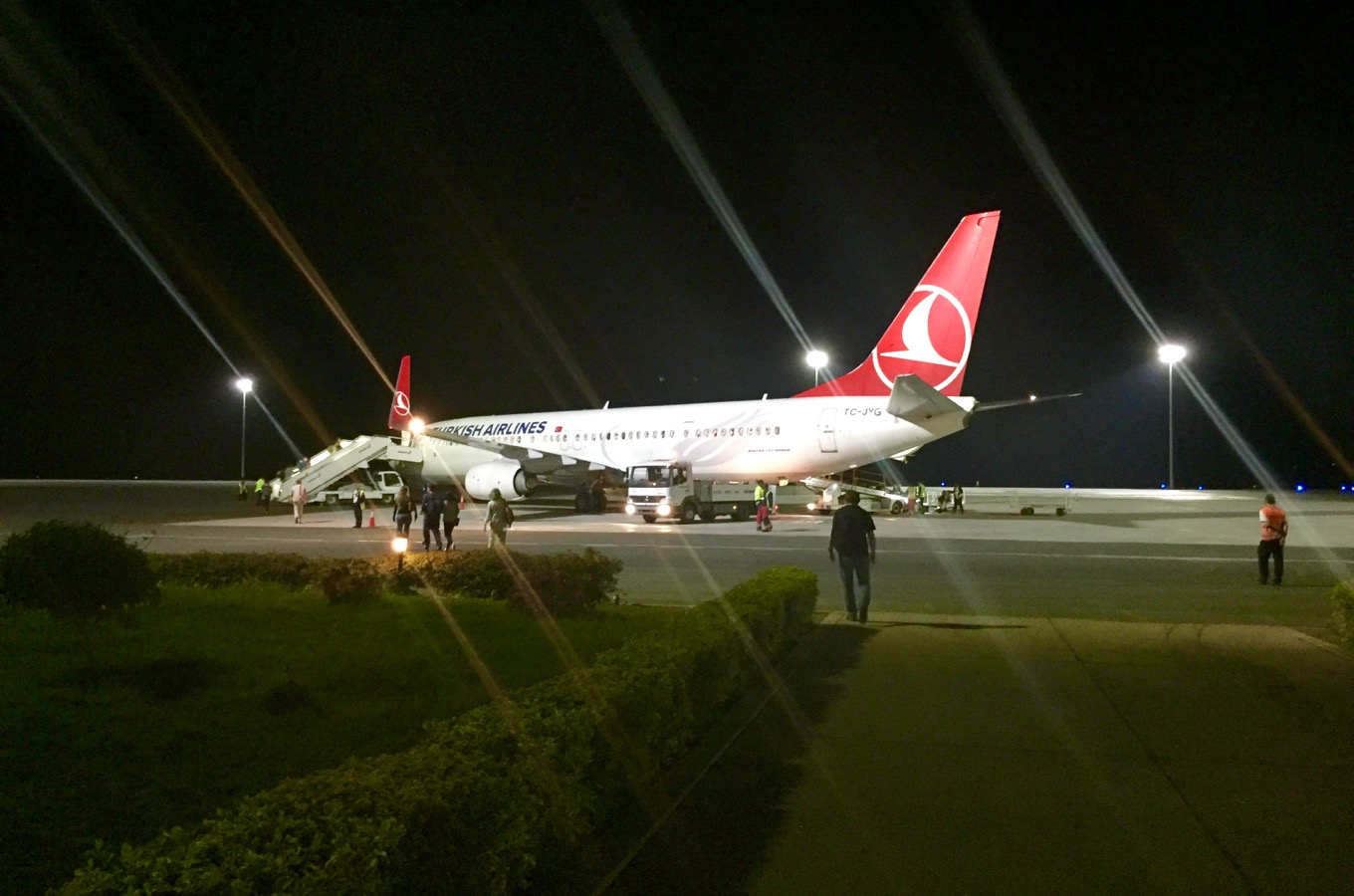
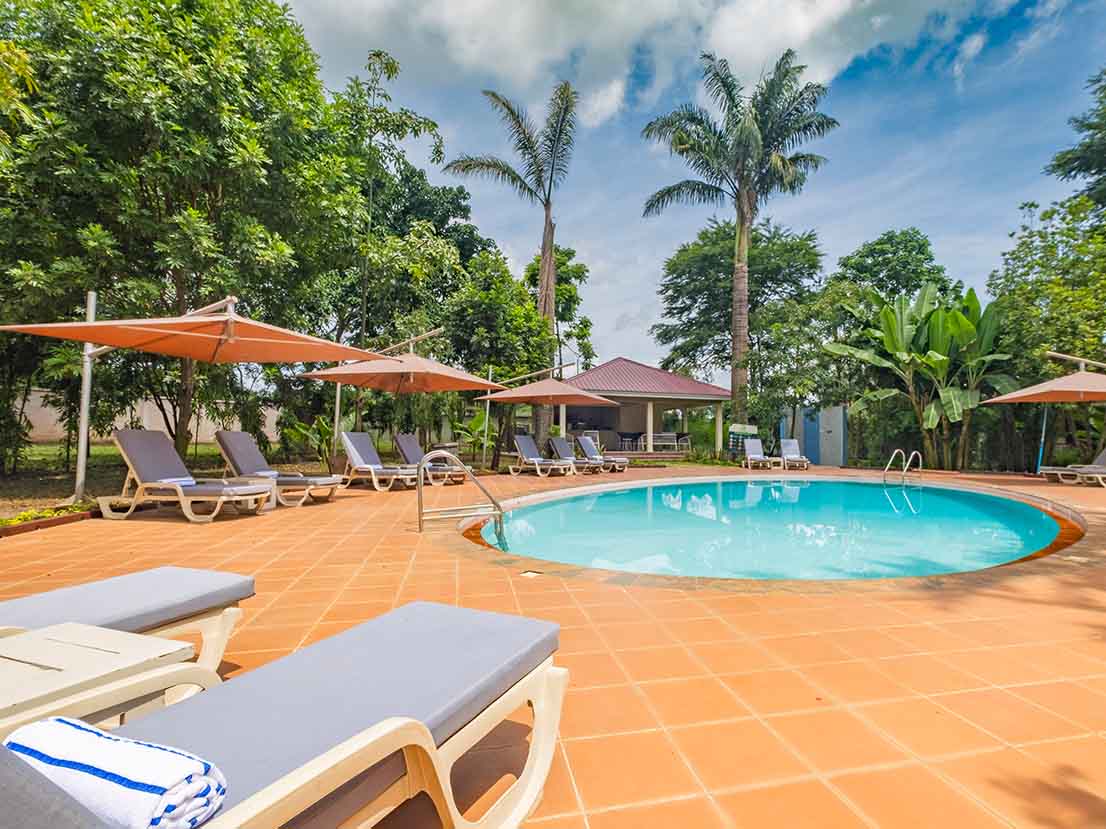
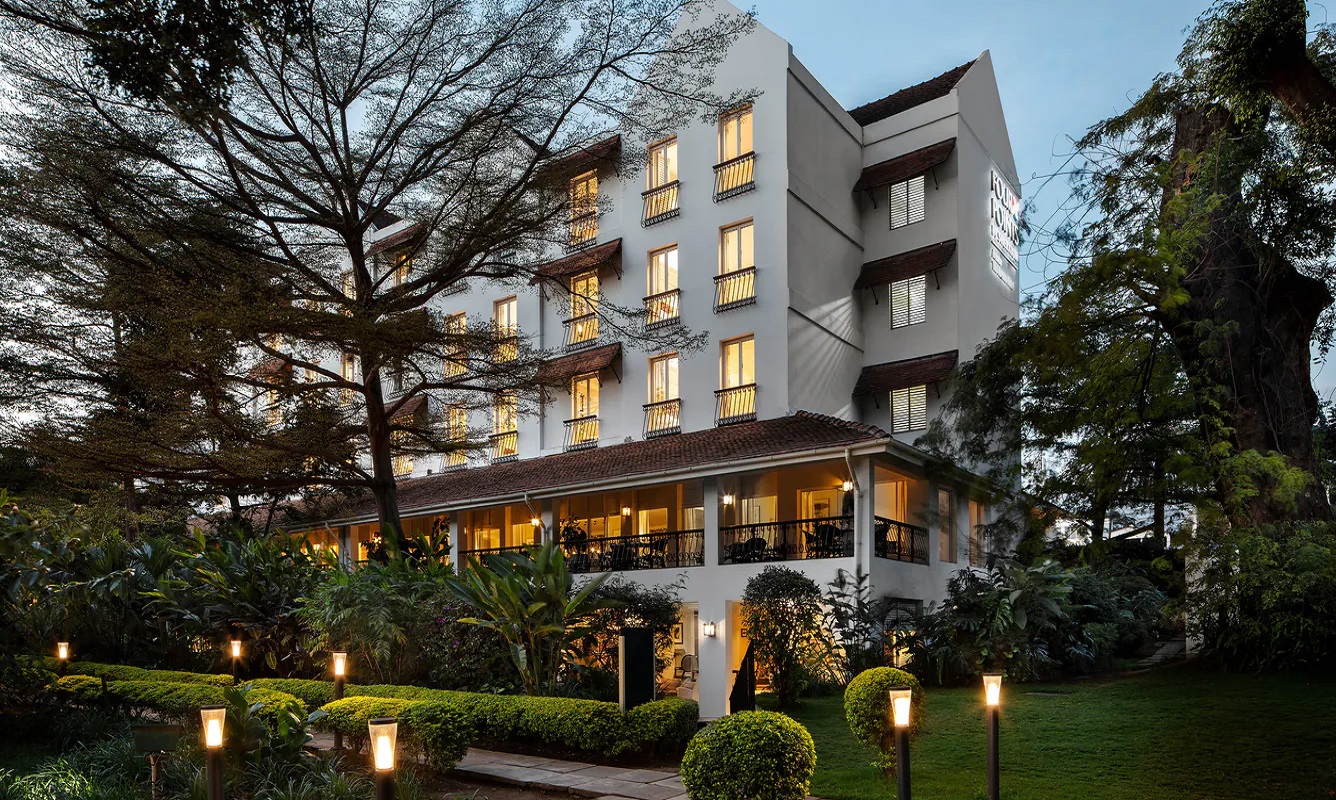

Day 2: Drop off (3,500 m/11,483 ft) – Shira 1 Camp (3,510 m/11,515 ft)
Today you start your incredible journey via the Lemosho Route. Your guide picks you up in the morning and takes you on an approximately 4-hour drive to the western entrance of Kilimanjaro National Park (2,200 m). The road leads through a beautiful tropical rainforest after which you arrive at the drop-off point at 3,500 meters where you can admire the beautiful Shira plateau. The walking route to the first camp is flat which allows you to get used to the high altitude.
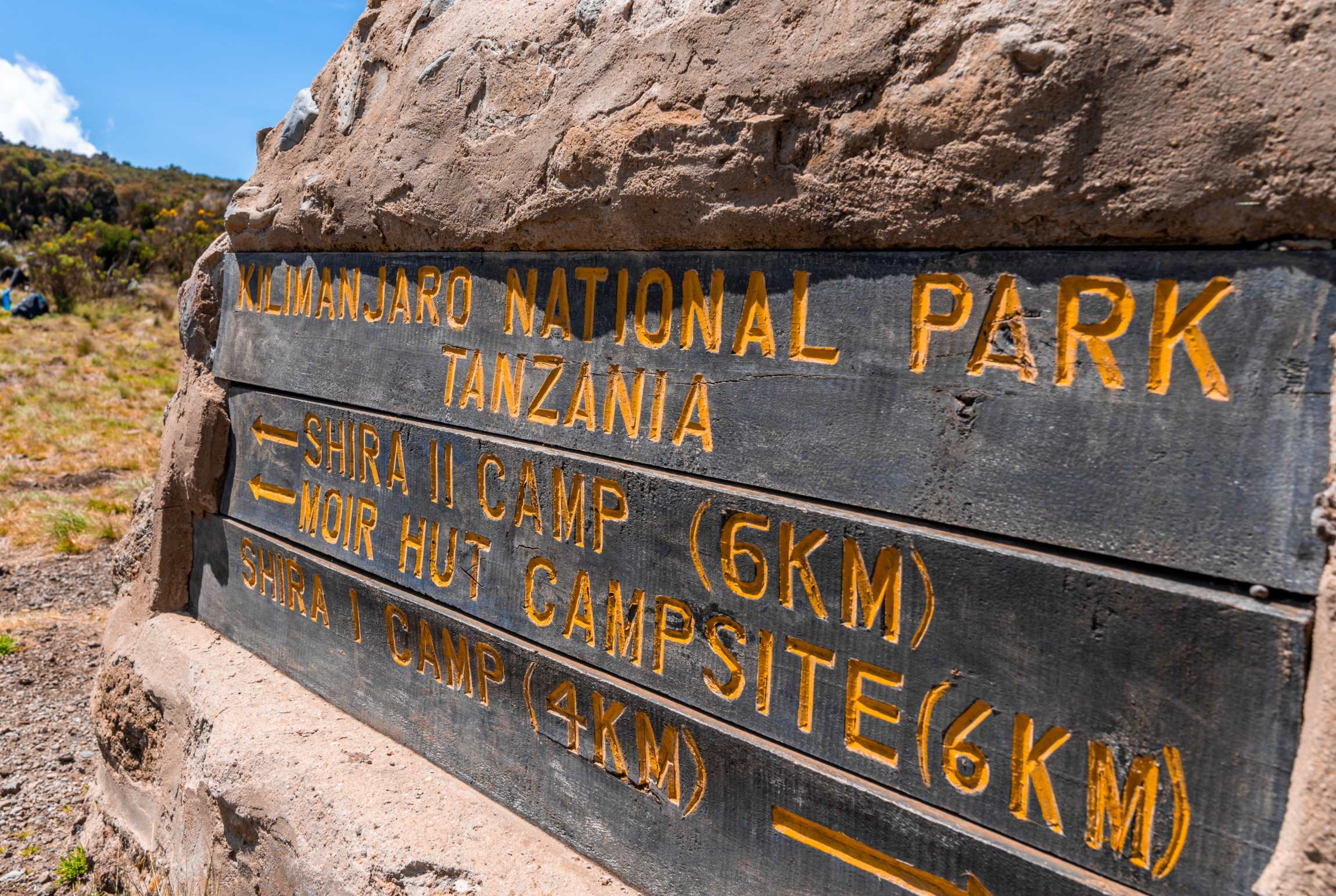
Day 3: Shira 1 Camp to Shira 2 Camp
- Elevation: 3,500 meters (11,483 feet) to 3,900 meters (12,795 feet)
- Hiking Time: 4-5 hours
- Distance: 6 km (3.7 miles)
- Acclimatization: Moderate
Day 3 involves a relatively short and easy hike to Shira 2 Camp, giving you a chance to further acclimatize to the increasing altitude. Along the way, you will pass the remnants of volcanic craters, stunning lava formations, and a variety of alpine plants. The view of Kilimanjaro’s towering summit starts to come into clearer view, and the terrain becomes increasingly rocky and barren.
Overnight at Shira 2 Camp.
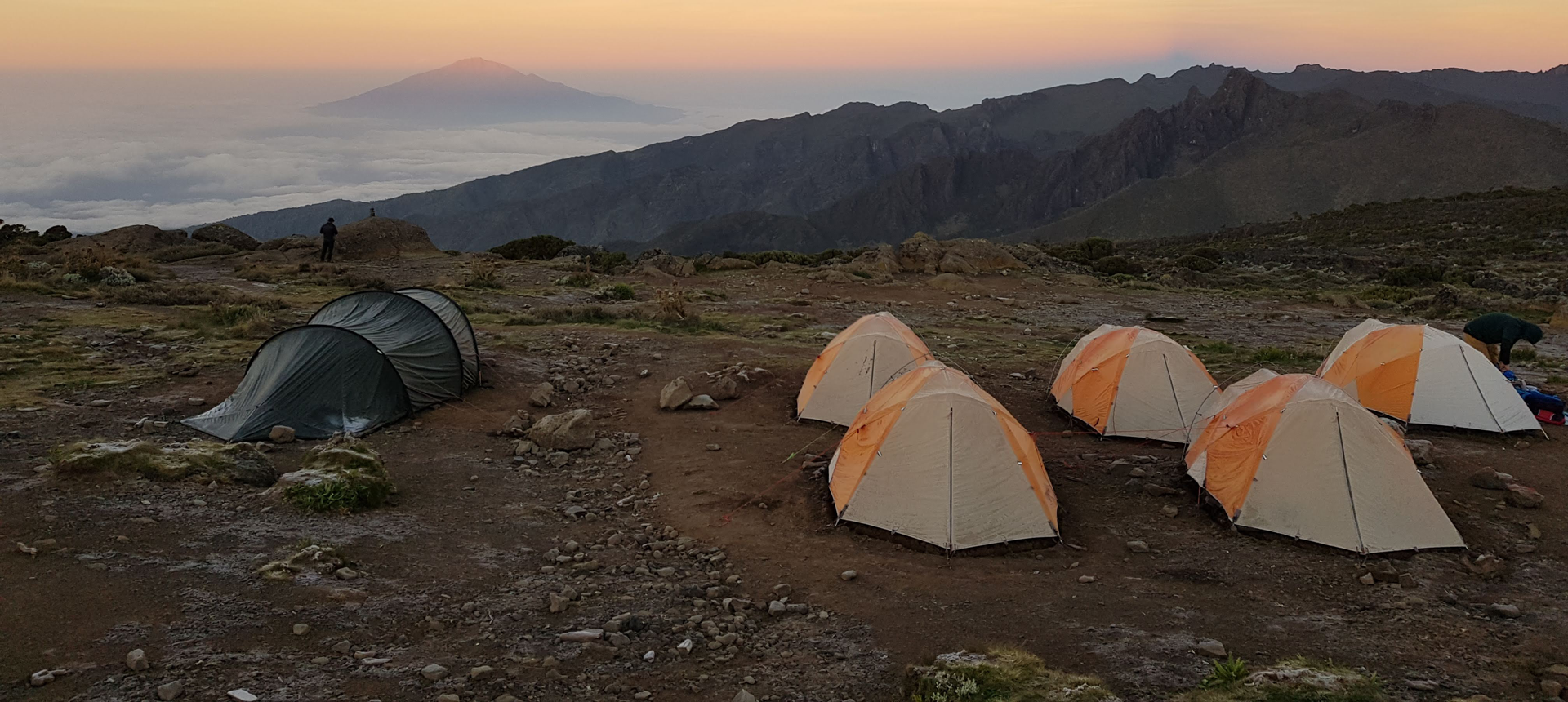
Day 4: Shira 2 Camp to Lava Tower to Barranco Camp
- Elevation: 3,900 meters (12,795 feet) to 4,600 meters (15,091 feet) to 3,950 meters (12,960 feet)
- Hiking Time: 7-8 hours
- Distance: 10 km (6.2 miles)
- Acclimatization: High
Today’s hike is one of the most crucial for acclimatization. The route leads you to Lava Tower, a stunning volcanic rock formation at 4,600 meters (15,091 feet), offering panoramic views of the surrounding landscape. The idea of hiking to this height before descending to Barranco Camp is to help your body adjust to the altitude. While this may feel challenging, the strategy is scientifically proven to help reduce the likelihood of altitude sickness.
After a short break at Lava Tower, the trek descends to Barranco Camp, located at an altitude of 3,950 meters (12,960 feet). This day provides an opportunity for your body to adjust to the higher elevations and recover from the strain of the previous days.
Overnight at Barranco Camp.
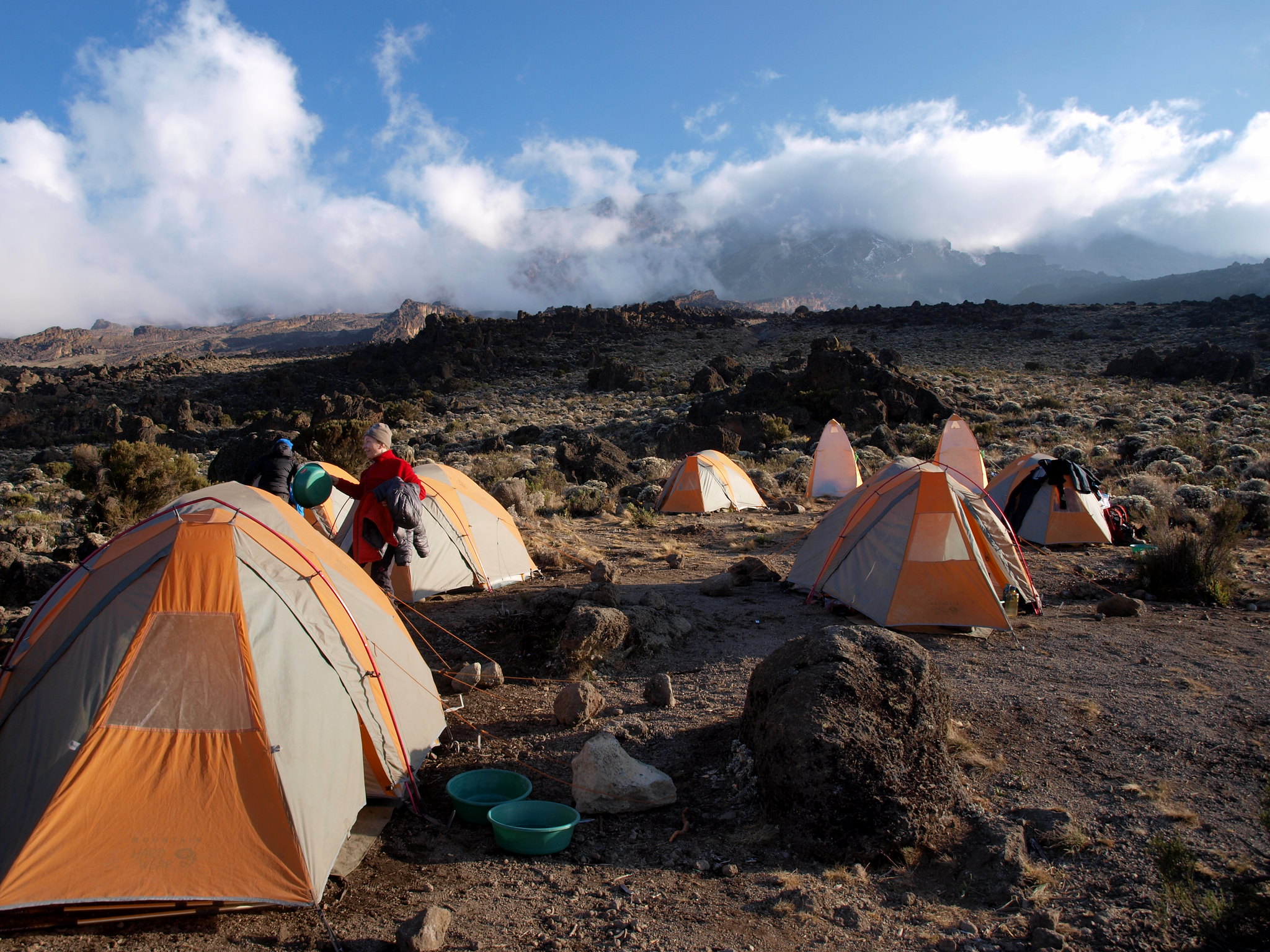
Day 5: Barranco Camp to Karanga Camp
- Elevation: 3,950 meters (12,960 feet) to 4,035 meters (13,267 feet)
- Hiking Time: 4-5 hours
- Distance: 5 km (3.1 miles)
- Acclimatization: High
On Day 5, the day starts with the famous Barranco Wall, a steep but non-technical rock scramble that leads to a ridge. This section is a highlight of the trek and offers great views of the Barranco Valley. Once at the top, the path continues through the rocky terrain, with increasing views of the summit.
You will then proceed to Karanga Camp, which is nestled in a valley. It is located at 4,035 meters (13,267 feet), and serves as a great spot for resting and acclimatizing further.
Overnight at Karanga Camp.
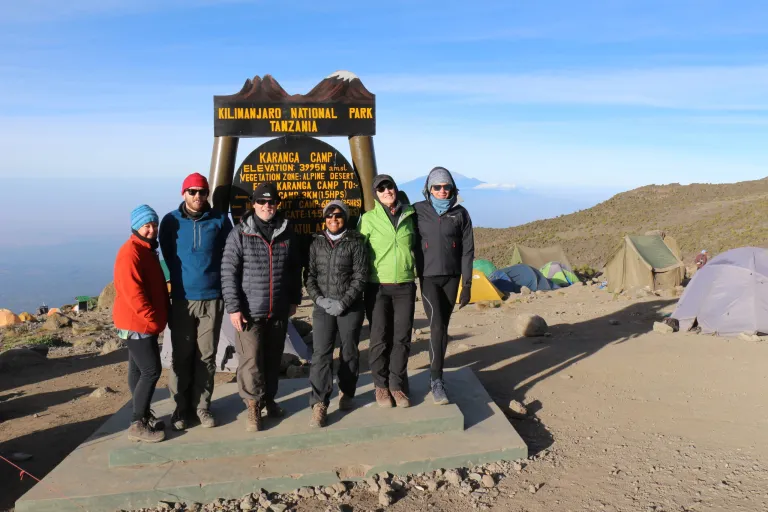
Day 6: Karanga Camp to Barafu Camp
- Elevation: 4,035 meters (13,267 feet) to 4,640 meters (15,223 feet)
- Hiking Time: 4-5 hours
- Distance: 5 km (3.1 miles)
- Acclimatization: High
Day 6 is a relatively short day designed to give you time to rest before the final summit push. The trek will take you to Barafu Camp, located at 4,640 meters (15,223 feet). Barafu is the starting point for the summit attempt the following day. The camp sits on a barren, rocky ridge, and the views are extraordinary. At Barafu, you will have a brief rest and a chance to prepare your gear for the early morning summit attempt.
Overnight at Barafu Camp.
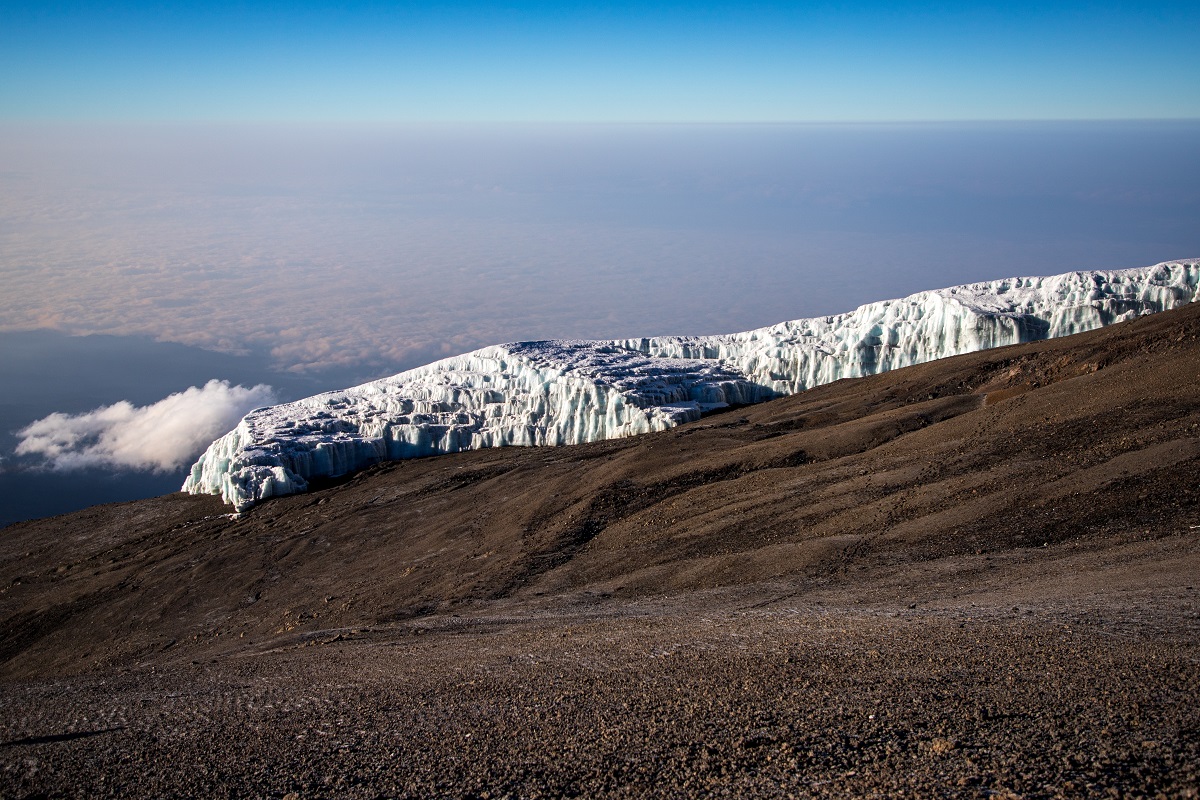
Day 7: Barafu Camp (4,645 m/15,239 ft) – Uhuru Peak (5,895 m/19,340 ft) – Millennium Camp (3,820 m/12,532 ft)
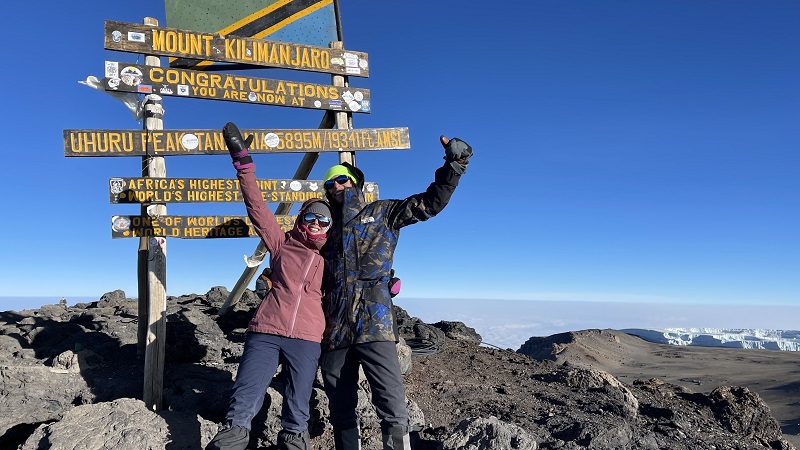
Day 8: Millennium Camp (3,820 m/12,532 ft) – Mweka Gate (1,640 m/5,380 ft) – Hotel
Your driver then takes you back to the hotel for a well-deserved rest
Accommodations:
- 3 Stars: Planet Lodge Arusha
- 4 Stars: Arusha Hotel By Sheraton
- 5 Stars: Melia Arusha
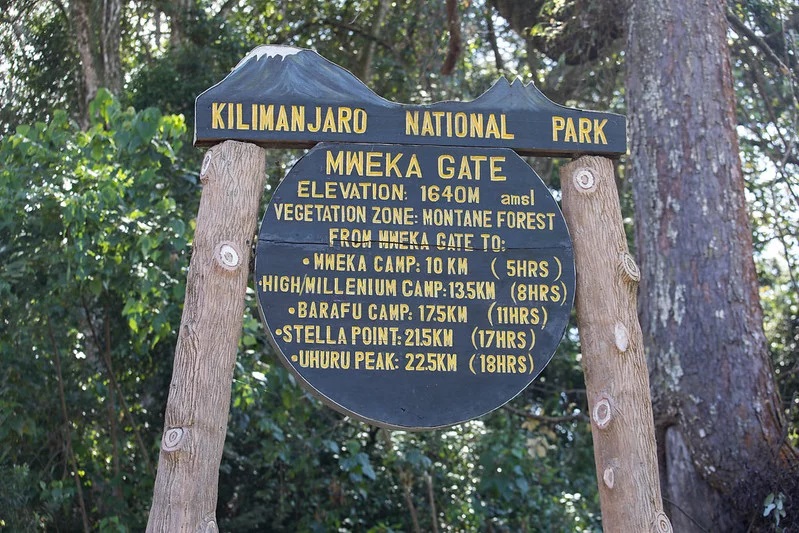



Day 9: Departure:
Late morning breakfast, them you will have city tour and have some time for last-minute souvenir shopping in local craft shops.
Departure: Depending on your flight schedule, transfer to Kilimanjaro International Airport for your departure or proceed with safari tour or flight to Zanzibar.
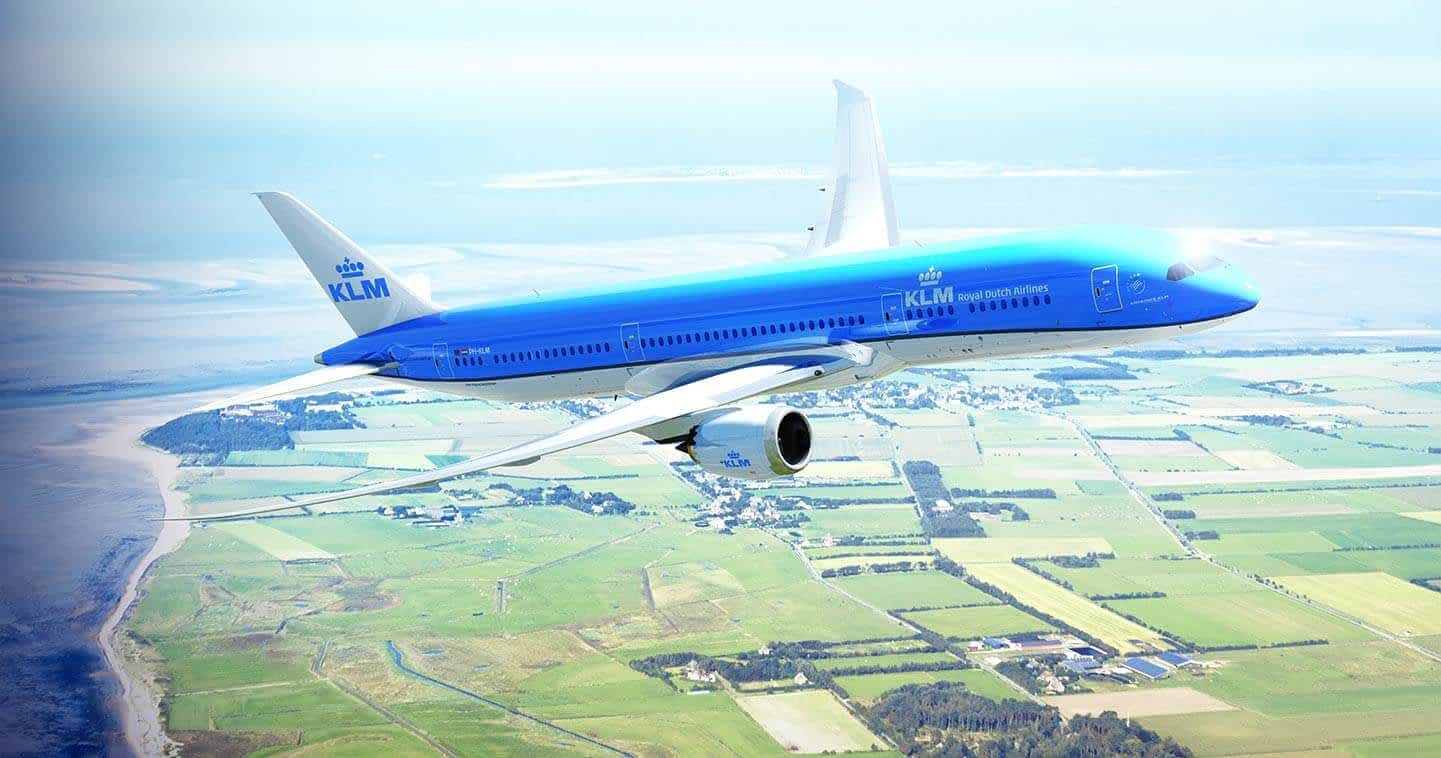
| What Included on the Package | What Excluded on the Package |
|
|
Kilimanjaro Mountain Packing List
Communal equipment (tents, food, utensils, etc.) is provided. You are responsible for bringing the required, recommended and optional personal gear and equipment listed below. The most common mistake that climbers make is that they over pack. Be selective in what you take with you. Our porters are limited to carrying 33 lbs. (15 kgs) of your personal belongings.
Clothing:
- 4-5 Pairs of underwear
- Top and bottom base layer – Icebreaker (Women) or SmartWool (Men)
- 3-4 Short sleeve and 1-2 long sleeve trekking shirts
- 1-2 Pairs of hiking trousers
- 1 Fleece jacket – Helly Hansen (Men) or The North Face (Women)
- 1 Insulated winter jacket – Arc’Teryx Atom (Men) or North Face Nuptse (Women)
- 1 Insulated trekking trousers
- 1 Hardshell jacket – North Face Resolve Resolve (Men) and North Face Venture 2 (Women)
- Lightweight raingear
Headgear:
- Sun hat, ideally with a neck cover
- Warm beanie or fleece headband
- Bandana or neck gaiter
- Headlamp – PETZL Tikka
- Sunglasses
Hands and Walking:
- Lightweight inner gloves – New Balance Lightweight Gloves
- Warm outer gloves/mitts – Gore-Tex Gloves (Men) or Black Diamond Mercury Mitts (Women)
- Adjustable trekking poles – Black Diamond Alpine
Footwear:
- Mid-weight hiking boots – Salomon Quest (Women) or KEEN Targhee (Men)
- Camp trainers (Men) / Trekking sandals (Women)
- 4-5 Pairs of trekking socks – SmartWool or Bridgedale
- 1 Pair of warm/thick trekking socks
- Bags and Daypack (click for details)
- 80-90L Waterproof duffle bag – North Face Base Camp
- 20-30L Daypack – Osprey Talon 22
- Daypack raincover
- Travel bag organisers (optional)
Sleeping Accessories:
- 4-Season sleeping bag – Marmot Trestles or Hyke & Byke Unisex
- Insulated sleeping mat
- Inflatable pillow (optional)
General Accessories:
- Large volume water bottle or hydration bladder – Platypus Hydration Bladder for backpack
- Water Purification Tablets
- Baby wipes
- Sweat-resistant suncream
- Blister plasters
- Insect repellant
- General medications (Paracetamol, Imodium)
- Pee bottle (optional)
Technology:
- Camera
- GoPro (optional)
- Solar Backpack Charger (optional)
- Spare batteries and camera memory card
- Kindle with backlight (optional)
Other Bits and Bobs
- Energy bars
- Energy drink supplement
- Ziplock bags for important possessions (passport, money, phone, etc.)
- Trekking towel
- Toiletries, including one roll of toilet paper
- Passport, visa, insurance, yellow fever card (if applicable)
- Small lock for your duffle bag.
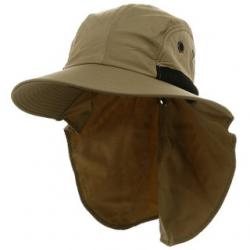



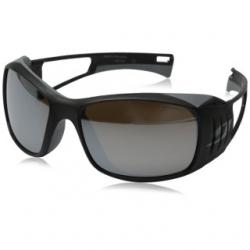
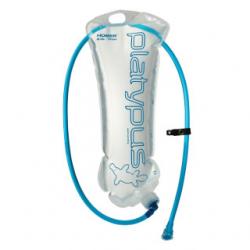
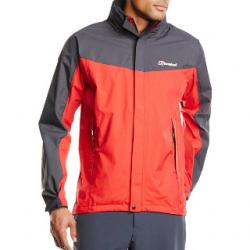
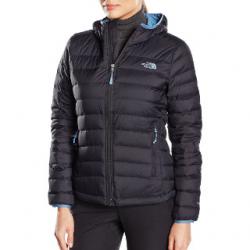
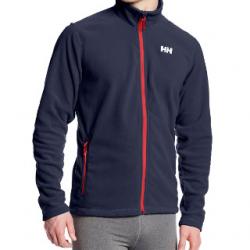

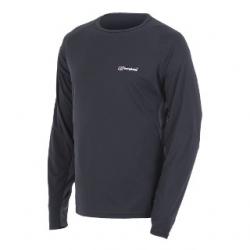
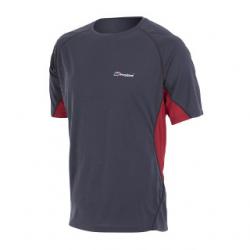
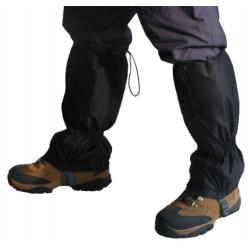
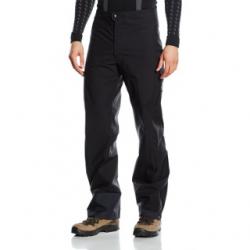
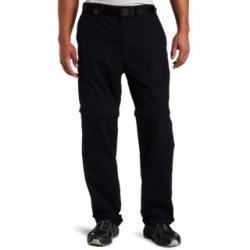
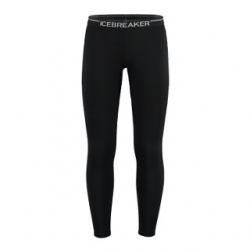

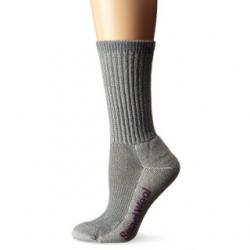
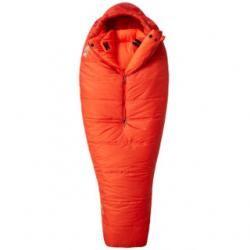
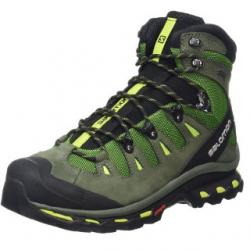
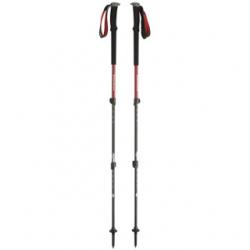
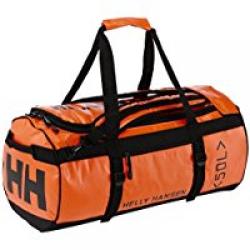
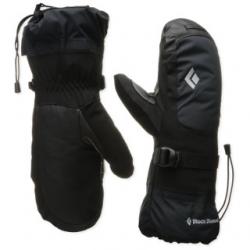
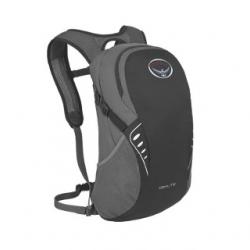
Important Information’s to know:
- Children under 10 years are not allowed to Summit Kilimanjaro.
- The duration of transfers/walking are approximate, the exact duration will depend on the time of day and traffic conditions and customers fitness.
- A Yellow fever vaccination is mandatory when enters Tanzania.
- Visas are available on arrival. All visa requirements are the sole responsibility of the traveler.
Preparation for the Climb
Physical Preparation
Getting in shape for the Kilimanjaro climb is crucial. Engage in a well-rounded fitness program, focusing on cardiovascular endurance, strength training, and hiking practice. Aim for at least three to six months of preparation:
- Cardio Training: Engage in activities such as running, cycling, swimming, or brisk walking. Gradually increase your duration and intensity.
- Strength Training: Focus on building strength in your legs, back, and core to ease the physical demands of the trek. Squats, lunges, and leg presses are beneficial.
- Hiking Practice: Go on regular hikes, both on flat and inclined terrains, to prepare your body for the conditions you will encounter on Kilimanjaro.
Mental Preparation
Climbing Kilimanjaro can be as much a mental challenge as it is a physical one. Preparing mentally involves:
- Researching the Climb: Understand the route, what to expect in terms of altitude sickness, and the physical demands.
- Setting Realistic Goals: Know your limits and be prepared for the possibility of needing to descend if necessary.
- Practicing Mindfulness: Engage in activities that promote mental resilience, such as meditation or yoga, to prepare for the mental aspect of high-altitude trekking.
Our Customers Speak For Us!
Spotted in Serengeti Safaris has been helping travelers from around the world to make their travel Matter as they journey with a sense of purpose, knowing their travel will help have a positive impact on the planet, people, and wildlife.
We are honored to have been awarded multiple Travelers’ Choice Awards for being among the best tour operators in Tanzania. These accolades demonstrate our commitment to delivering outstanding experiences for our guests and we are proud to be acknowledged as a leading tour company in the region. We look forward to taking you on one of our award-winning adventures.
EXCELLENTTrustindex verifies that the original source of the review is Google. Vam confiar amb Piks on Safari per al nostre primer viatge a Tanzania i ha estat una experiència increïble. El viatge ha estat planificat de forma professional però donant-nos la llibertat que demanàvem per fer coses pel nostre compte. Tant Pili com el seu equip han estat atents en tot moment i ens han aconsellat i fet veure una forma de viatjar pel país que va molt més enllà de fer turisme, fent-nos una inmersió que no havia trobat en cap altre viatge. Una menció especial a Ezequiel, que va compartir 5 dies amb nosaltres i va ser molt més que un guia excepcional.Trustindex verifies that the original source of the review is Google. Vam fer un viatge a Tanzània i Zanzibar un grup de 6 persones. Només puc dir que ha sigut increïble, espectacular i al·lucinant. Teníem les expectatives molt altes, però la realitat és molt més. Pili ha estat sempre pendent de nosaltres, responent totes les preguntes que ens anaven sortint al llarg del viatge. Revo i Ezequiel han sigut molt importants en esta experiència; dos guies difícils de superar. El tracte i l'atenció que hem rebut per part de tots 3 ha sigut immillorable. Teníem diverses persones amb al·lèrgies i intoleràncies alimentaries, però això no ha suposat cap problema en cap dels allotjaments. Tothom estava molt atent a les nostres demandes. Recomano Piks on Safari a tothom que vulgui conèixer Tanzània i Zanzibar. Espero poder tornar prompte i segur que serà de la mà de Pili. Ha sigut un viatge que ens ha marcat la vida. Moltes gràcies per tot.Trustindex verifies that the original source of the review is Google. La setmana passada vam tornar de Tanzania, i només puc dir que este viatge es quedarà per a sempre al nostre cor. Gràcies, Pili, per posar-nos les coses tan fàcils, per organitzar-nos el viatge adaptat a les nostres necessitats/preferències i per obrir-nos les portes d'este increïble país 🇹🇿 Repetiríem el viatge cada any! I més, al teu costat i al del teu equip. Gràcies també a Revo y Ezequiel, els nostres guies: persones humils i super atentes, pendents de natros en tot moment. En definitiva, un viatge 100% recomanable al costat de Piks On Safari! ❤️Trustindex verifies that the original source of the review is Google. Hace un año contactamos con Piks no safari para organizar nuestro viaje. Era nuestra primera vez en África. Queríamos un viaje especial, sabíamos que queríamos hacer un safari y sabíamos lo que no queríamos. Pili nos atendió y entendió de maravilla, nos organizó el viaje que habíamos soñado. Pero no solo lo planificó todo en la distancia sino que estuvo pendiente de nosotros y de nuestro viaje en todo momento, sabíamos que podíamos contar con ella para cualquier cosa. Asi pues, un año después, estamos súper contentos de haberla elegido, sin duda, repetiríamos a ciegas. También agradecer a nuestro guía Ezequiel, fantásticoTrustindex verifies that the original source of the review is Google. Acabem de tornar de Tanzania/Zanzibar, encara estem bocabadats, recuperant l'alè i sí, segurament és deu a la bellesa dels llocs vistos, a l'amabilitat infinita de les seves gents, als menjars, les olors especiades, a la terra roja, al mar increïble, però no és menys cert que, l'organització del viatge per part de Piks On Safari, capitanejada per Pilar, una dona d'Ulldecona, resident a Moshi, que coneix el millor dels dos mons, ha estat clau. T'assessora molt abans de ser-hi, un cop allí, sempre ha estat pendent de nosaltres, sense fer-se notar però molt pendent. Ella ens ha facilitat conèixer allotjaments en gent molt especial, llocs increïbles on anar, guies locals genials..... Salutacions "Piks" i gràcies x tot. De part dels nous "safari lovers"Trustindex verifies that the original source of the review is Google. El passat mes de juny vam viatjar a Tanzania. Coneixer la Pili i que ens preparés el viatje a mida va ser tot un encert. Els allotjaments van ser molt confortables tot i la diferència de categoria entre uns i altres. El fet de poder col·laborar en alguns projectes socials encara va fer més espècial el viatge. Tot va estar molt ben organitzat . Poder preguntar a algú de confiança que et resolgui dubtes , et recomani llocs per anar a sopar i altres ens va fer sentir molt tranquils. Menció especial per a en Revo el nostre guia a Moshi. El seu entusiasme i el seu caracter van fer que estiguéssim com a casa. Un viatge de dos setmanes que no oblidarem i que recomanarem sens dubte amb la Pili i el seu equip de Piks on Safari!!!Trustindex verifies that the original source of the review is Google. Nuestra luna de miel no ha podido ser mejor gracias a Picks on Safari, 17 días por Tanzania y Zanzíbar. El trabajo de Pilar ha sido increíble, cualquier problema o duda ha sido solucionado por ella al momento, ya que está pendiente de que el viaje sea perfecto y así ha sido. La gente que trabaja con ella hace por que te diviertas y disfrutes de la cultura y de los parques, desde la experiencia en la que preparamos comida con una mamá, la travesía hasta las cataratas de Materuni hasta los impresionantes parques con los animales que fueron alucinantes. Y qué decir de la gente local, todo el mundo fue simpático y agradable a rabiar. En el safari estuvimos con Jonh, nuestro guía, que hizo todo lo posible por que viésemos a todos los animales y lo consiguió, con un gran conocimiento de los animales nos sentimos muy seguros con él. Esperamos volver a este maravilloso País y si lo hacemos sin duda volveremos a contactar con esta gran empresa. Mil gracias a Pilar y a todo su equipo por este maravilloso viaje, nos llevamos Tanzania y Zanzíbar en nuestro corazón.Trustindex verifies that the original source of the review is Google. Viaje inolvidable!!! Súper buena organización y espectaculares alojamientos. Gracias a Pilar nos fue posible una leve inmersión en la cultura local tanto de la gente de Moshi como la de los pueblos de la zona, con unos guías fantásticos. Además, en el alojamiento de Moshi (Barazani Garden Villa ) nos hicieron sentir como en casa, con la mejor comida local que hemos probado en nuestro viaje. Por otro lado, el safari fue espectacular. Un guía estupendo. El coche tiene todo lo necesario y no tuvimos ningún problema. Sin duda, volveríamos a realizar el viaje con Piks.Trustindex verifies that the original source of the review is Google. Encontrar a la familia de Piks para hacer nuestro safari ha sido la mejor casualidad nos ha podido pasar. Sin duda ha sido el viaje de nuestra vida. Desde el minuto 1 la atención de Pili ha sido maravillosa, aclarando todas nuestras dudas (que no eran pocas) en cuanto a moneda local, propinas, vestimenta, etc. Una vez que llegamos a Tanzania, tanto el chófer que nos recogió en el aeropuerto, como los alojamientos y sus trabajadores, hasta nuestro guía Ezequiel, han sido personas que nos han robado el corazón. El coche privado cuenta con todas las prestaciones necesarias y está en muy buenas concidiones. Pili adapta el viaje a las necesidades tanto económicas como personales de cada uno y organiza tu viaje de manera responsable con gente local, conociendo el país de primera mano. (Recomendación especial: DANZA MASAI) Sin duda alguna, si alguien me preguntase por Tanzania, recomendaría PIKS ON SAFARI. Gracias a toda la familia de piks por hacer este viaje UNICO ♥️Trustindex verifies that the original source of the review is Google. Un viatge inoblidable en el que la Pili i el seu equip ens han fet sentir molt a gust durant tots els dies. Hem viscut l'essència i cultura del país des de dins d'una manera molt intensa. Molt agraïts amb el Kelvin i el seu equip durant els dies de trekking pel Kilimanjaro, a l'Ezikieli que ens va acompanyar els dies de safari i la Nasra que amb ella vàrem visitar les ciutats de Moshi i Arusha. I com no, a la Pili que en cada moment es va preocupar per nosaltres. 100% recomanable!!!

